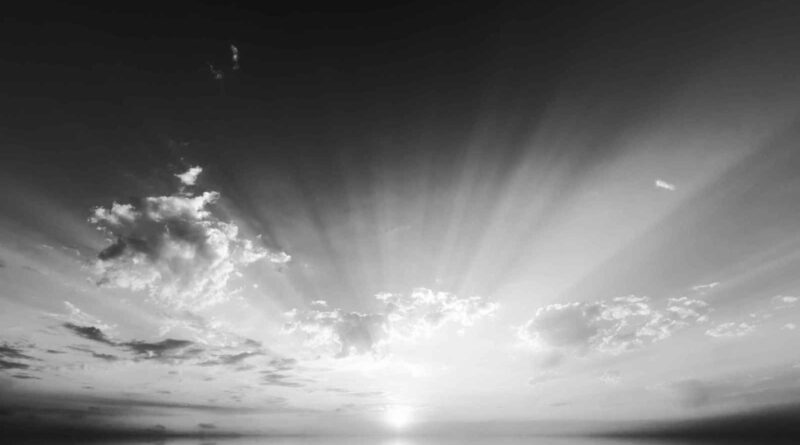Creativity Has a Time: Here’s How We Can Protect It (And Everyone)
To Abraham Maslow category of needs, “innovation” lies at the top, within self-expression. The concept represents the human desire to become the best versions of ourselves. Throughout history, the creative team has helped to think and drive society forward. This is especially true in times of turmoil.
However, creative work can be messy, and as creative industry leaders increasingly favor analytics and training with predictable results, the pursuit of artistic expression in has been published worldwide.
But today, innovation is still alive.
Creation is human by nature.
“Renaissance” represents a period of artistic expression, innovation and technological change. A period very similar to the term occurred in Europe in the 14th to 17th centuries, after the social upheaval of the bubonic plague and the spread of Johannes Gutenberg’s printing press in the 1400s. This resulted in an explosion of new media, written work and masterpieces such as da Vinci’s Mona Lisa, Michelangelo’s Sistine Chapel and the writing of Shakespeare.
Epidemics and innovative technologies. Does this situation sound familiar? History tends to repeat itself.
Defining the modern Renaissance.
Today, we have revolutionary changes in the way we work and live. As in the Renaissance, people question their relationship to cultural norms, including how work serves their lives and where they plan to do it.
New technology also elevates our society and brings creativity go back to the front. Social media, now a mature technology, has spawned a “maker economy,” unleashing the invisible creative forces of people in all kinds of industries.
Recently, artificial intelligence (AI) tools have been launched, they are immediately intrusive and bring great opportunities and risks.
Preparing for the Modern Renaissance.
With these changes in the creative process, creativity is now a topic of discussion around the world. So, how can we protect this precious time, and everyone? Here are three steps we can take to ensure that this “moment” becomes a true paradigm shift.
1. Take action to protect human creativity.
At the heart of the confusion surrounding AI is the fear that creative jobs and jobs will be replaced by mechanical workers. This was the focus of attention during the SAG-AFTRA and WGA Hollywood strikes last year. Tools like Midjourney and ChatGPT will only get better at producing creative output like videos, photography, novellas, chat and screenplays.
The Rolling Stone Culture Council is an invitation-only community for Influencers, Creators and Creators. Am I eligible?
This doesn’t have to be a bad thing, if AI tools and human creators work together. AI has the potential to pave the way for innovation. It can reduce custom design and production time, and facilitate the discovery and inspiration of new art. It can make great artists more fun, and artists better.
However, the drawback that AI will always have in competing with human operators is that it must only train on pre-printed material. Creativity is the intersection of shared human knowledge and individual, highly personal experiences that can only be provided by real people. As partners, people and technology can change the world. As opponents, the results are not very strong.
2. Expand access to education and expertise.
With more access to resources, more people can share more ideas in more places. However, when everyone can have an impacta blurred line between expression and expertise. The best performers know the rules before they break them.
In the modern renaissance, we need to expand not only access to tools but also education and expertise, from the basics of design to how to use creative assets like typography. Massive Open Online Courses (MOOCs) from leading institutions of higher education can give students the opportunity to gain experience from experts in graphic design, creative thinking for science, and more. Creative platforms like Canva and Adobe Creative Suite also offer their own educational tools.
The modern renaissance will not be measured by how much is done, but how many people can contribute to this movement. The creative economy gives us the opportunity to bridge the gap, but only if we are committed to helping everyone learn and grow through their creative journey.
3. Put the community at the center.
Throughout history, pockets of innovation have emerged from isolated communities of like-minded creators. From Belle Époque in 19th century Paris, to the camera and music of Laurel Canyon, etc. People are influenced by the places they live in and what their peers create.
Society at the center of this creative age is unique because it is more divided than ever before. Artists search for each other in “real life” as they always have, but they continue to interact with the digital community, interacting with people across different states, countries and continents. A community can be based on an art form, or it can emerge because of a single artist or cultural movement (think Taylor Swift’s “Eras” tour).
As articles become the norm, designers may also find that to maximize their reach, accessibility needs to become the norm. Text not only increases accessibility for the deaf and hard of hearing, but also second language learners, and those in noisy, public places like buses or airports. With AI, it may soon be possible to accurately and automatically translate articles for impactful content, expanding reach and more.
Every community is inspired by different ideas, and with identity and technology unifying more than ever before, people cannot be put into singular boxes. Today’s artists will travel in and out of different nations, taking in and adding to each stop along the way. The results will be new formats, new forms, and new ideas, tailored to the needs of these groups and their individual members.
Humans are born creative. Today’s fast-paced, technology-enhanced environment is bringing us back to a way of thinking that is inherently human. How we collectively respond to this paradigm shift will determine whether we realize the full benefits of that opportunity.
#Creativity #Time #Heres #Protect
